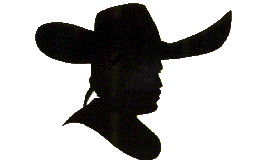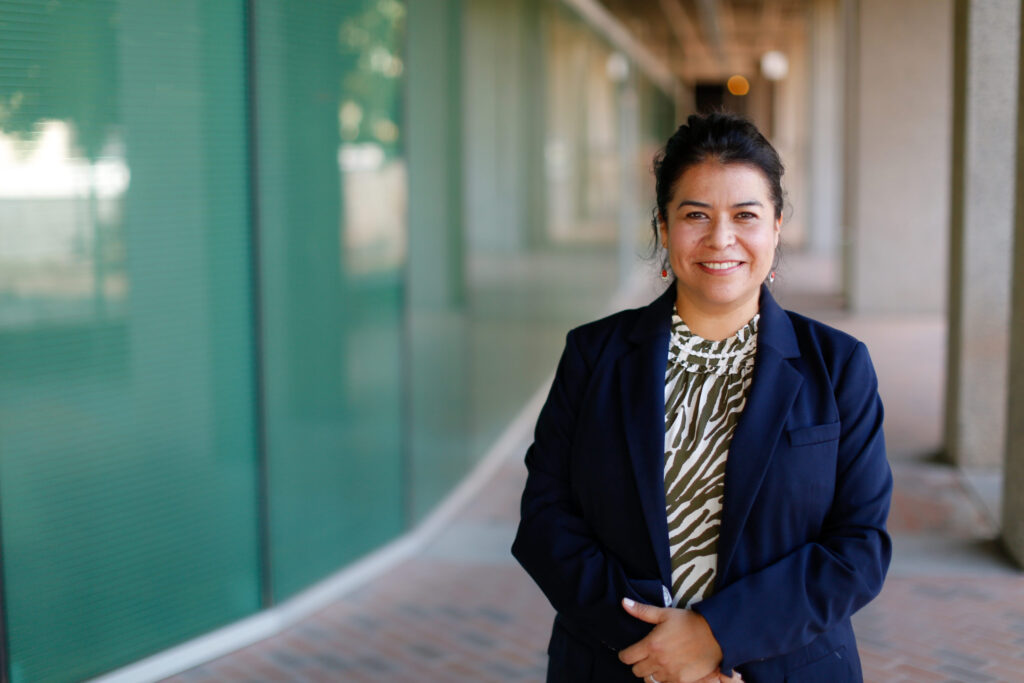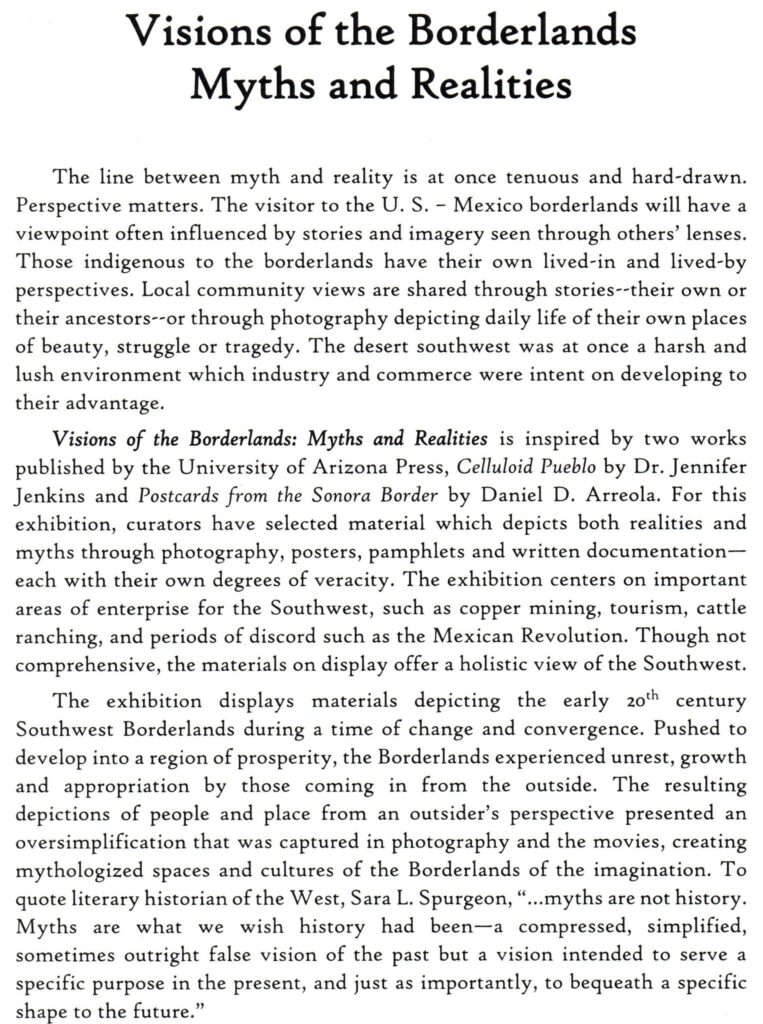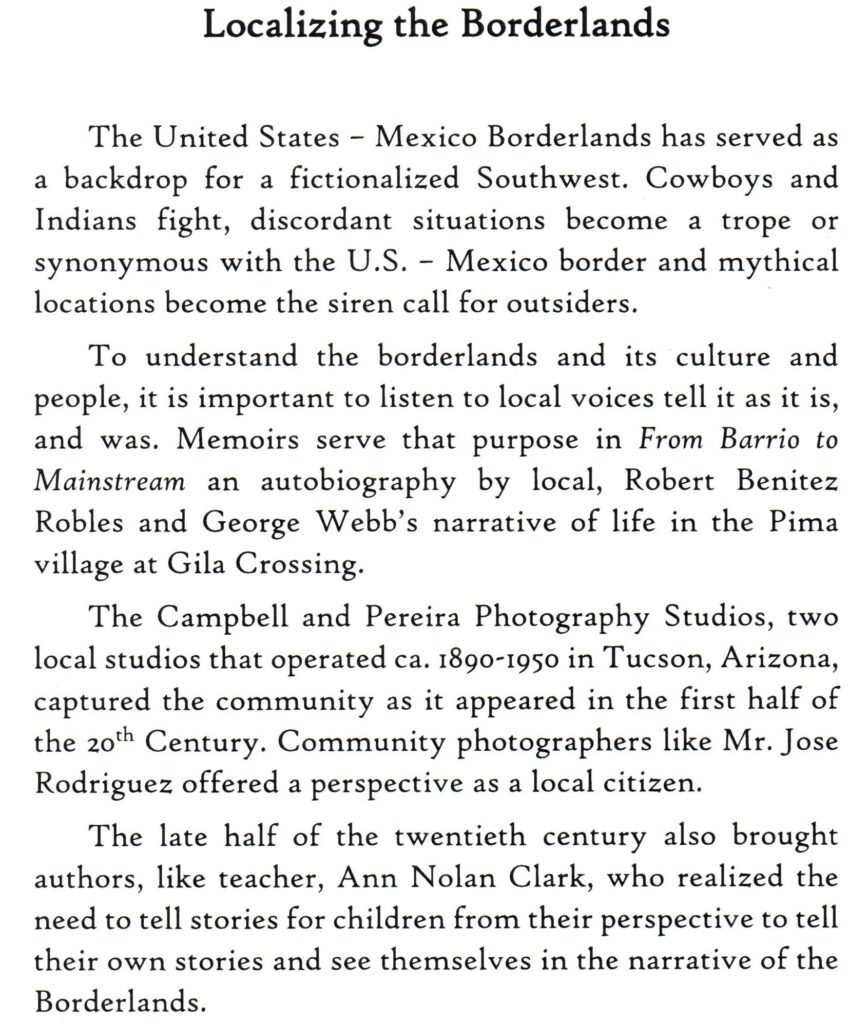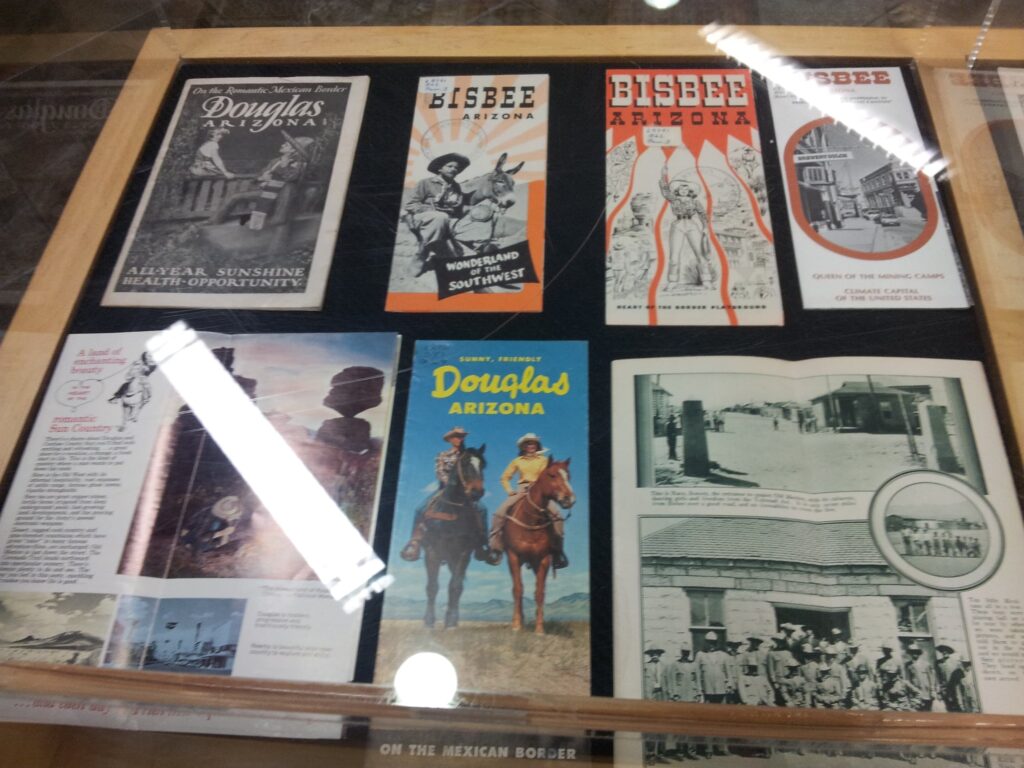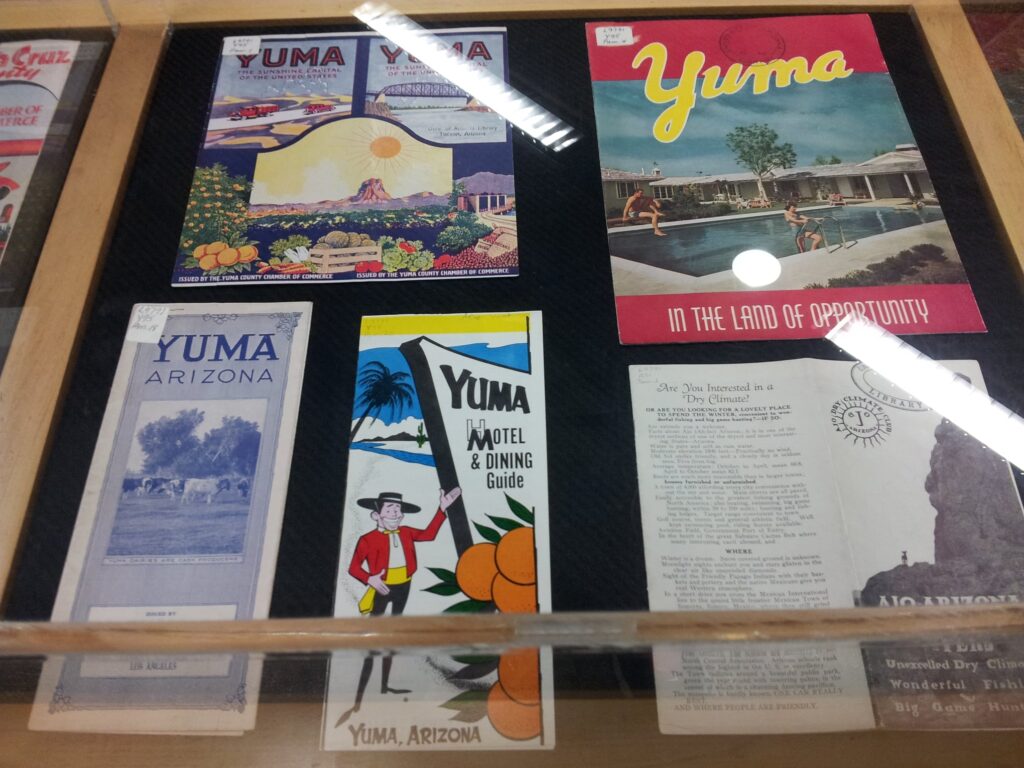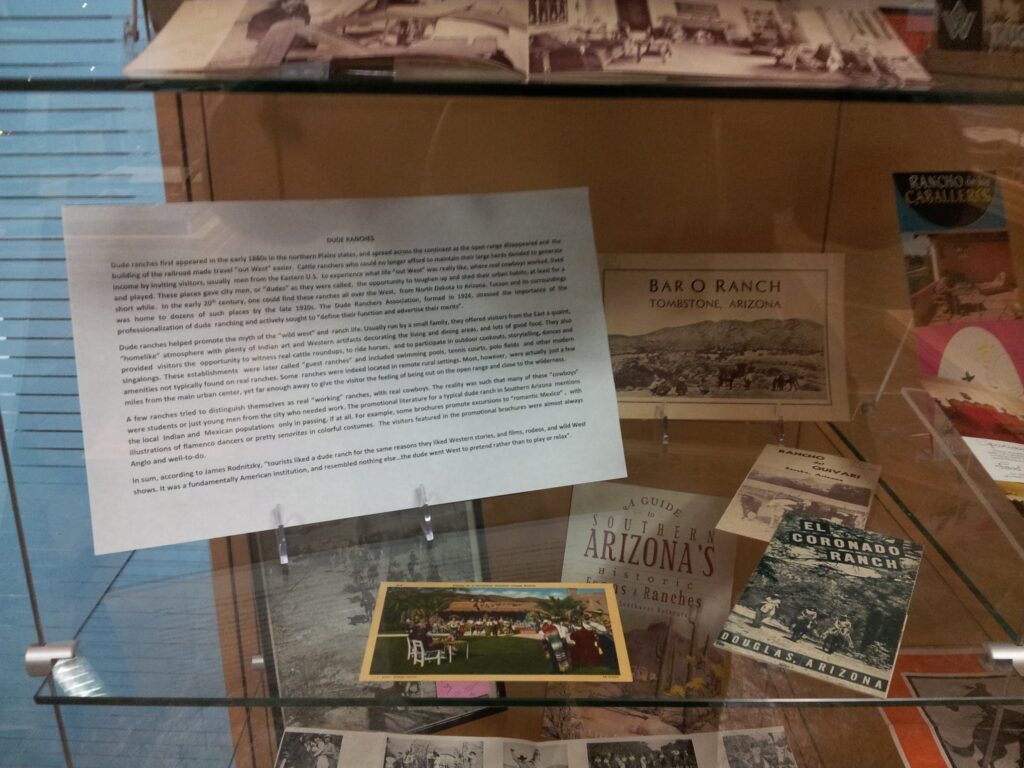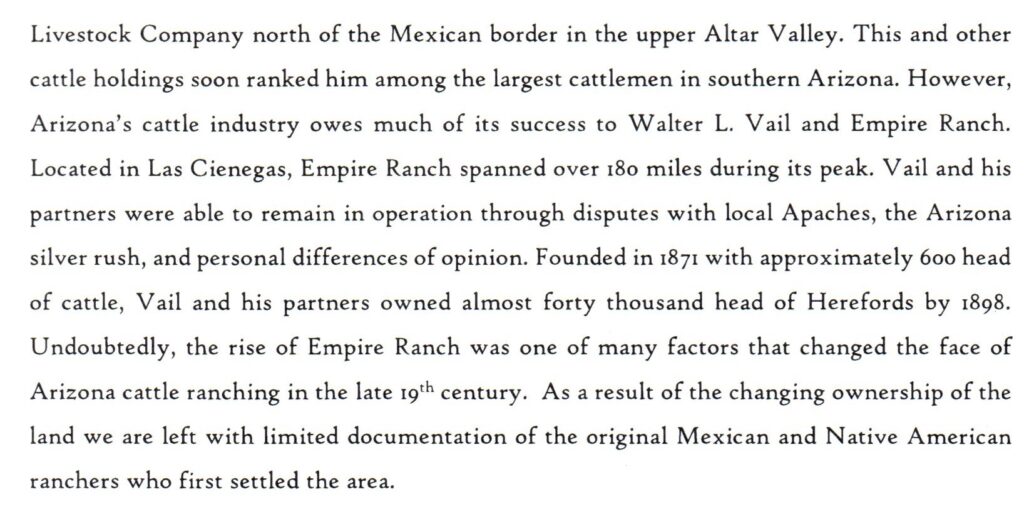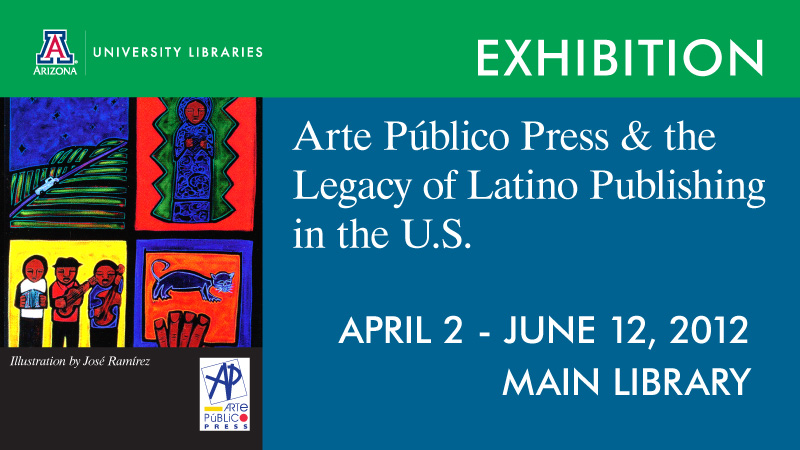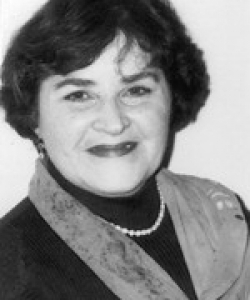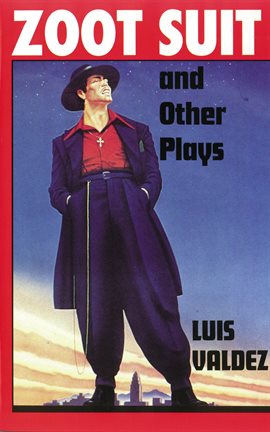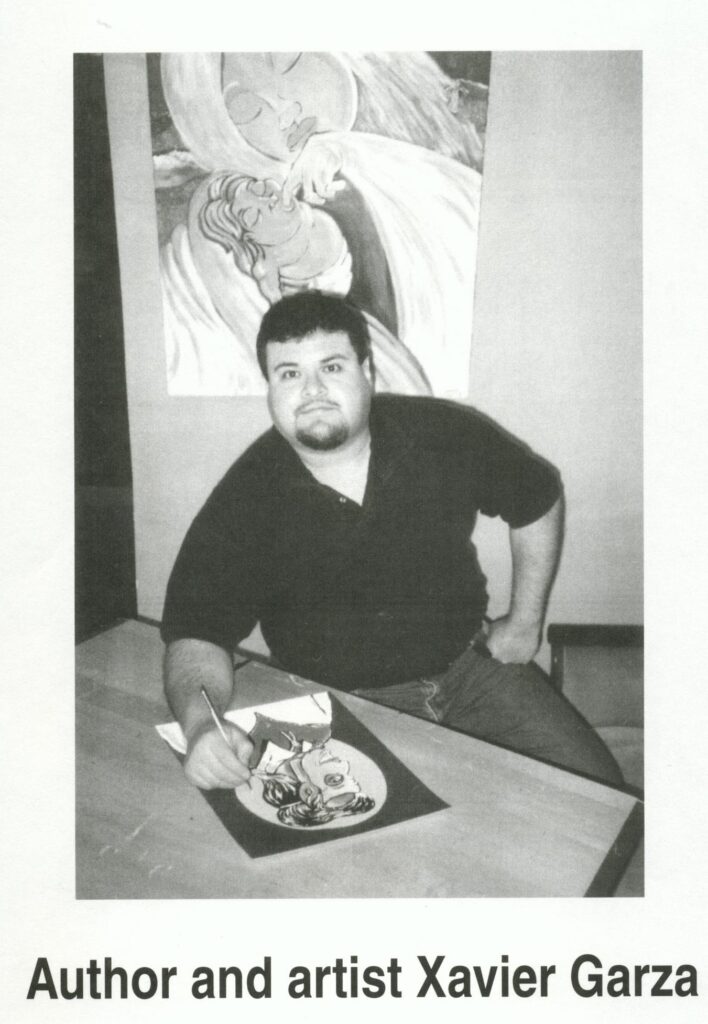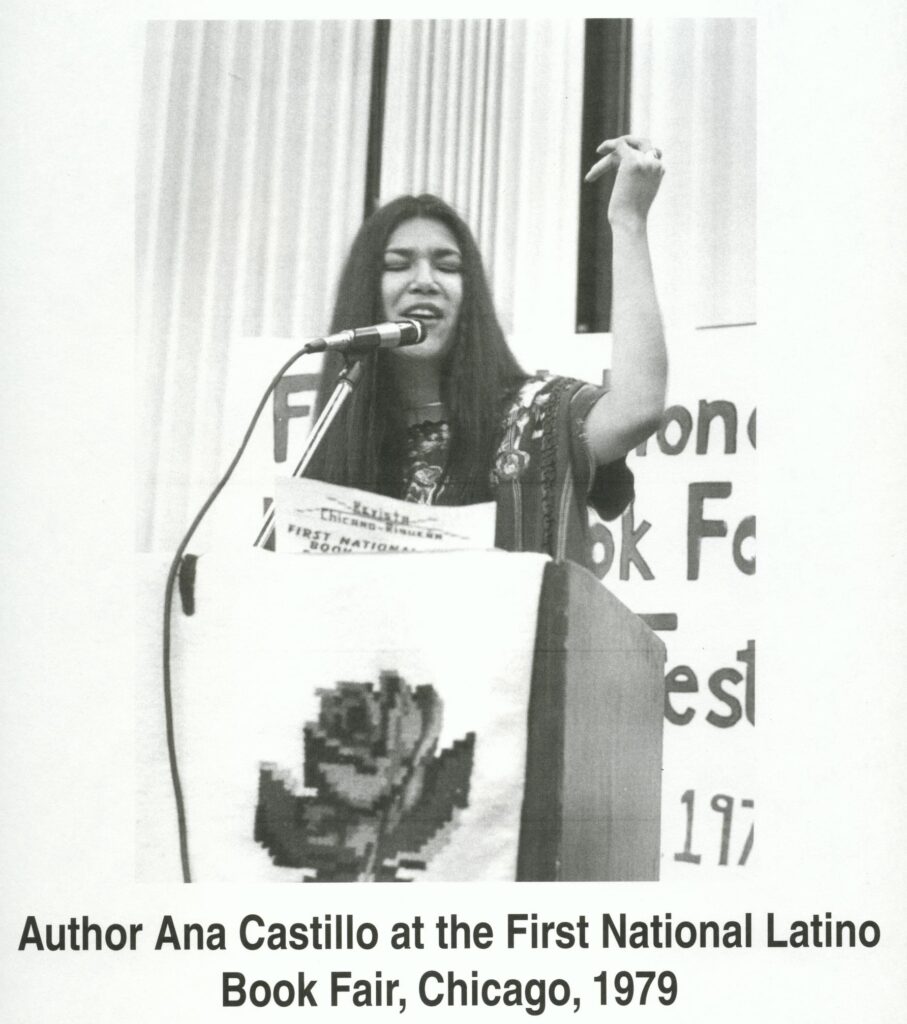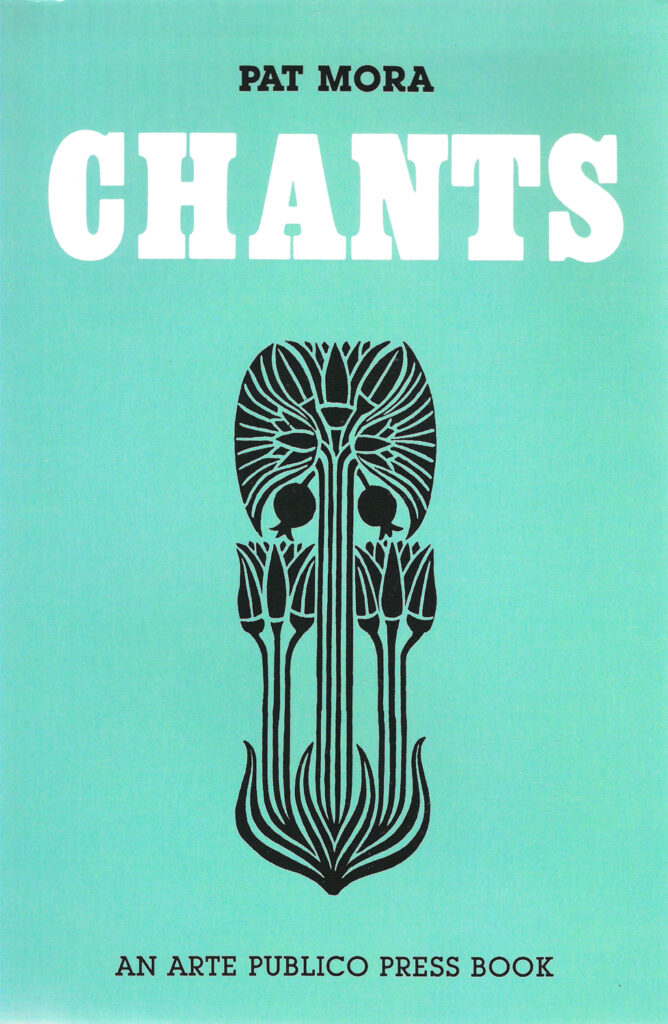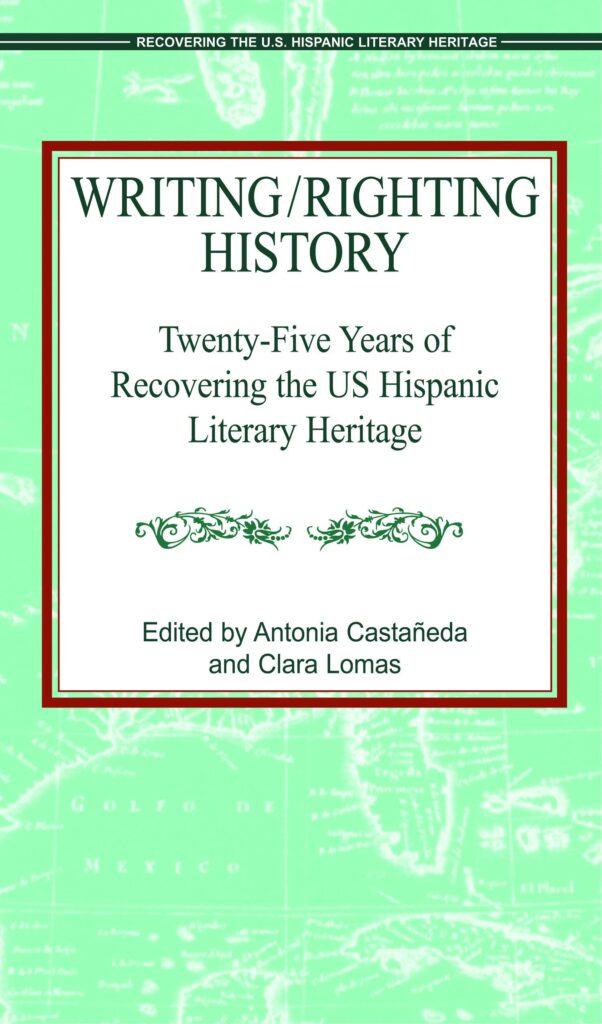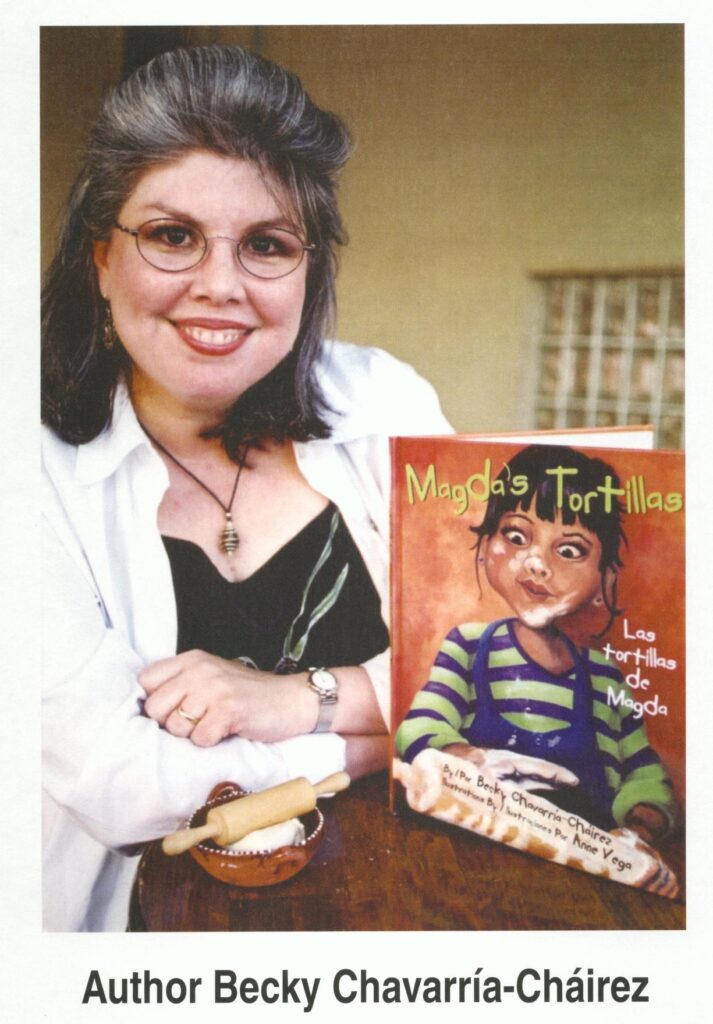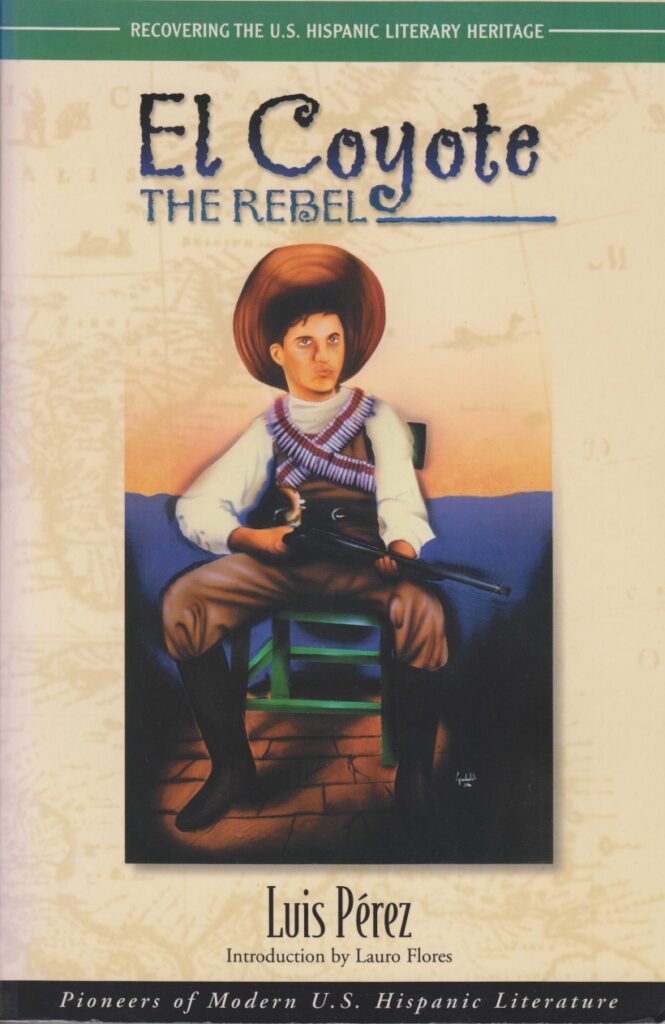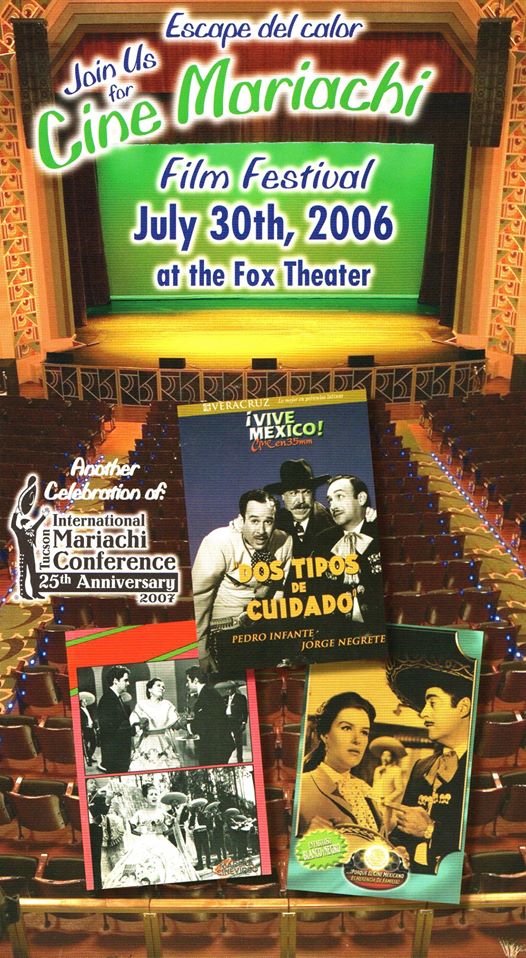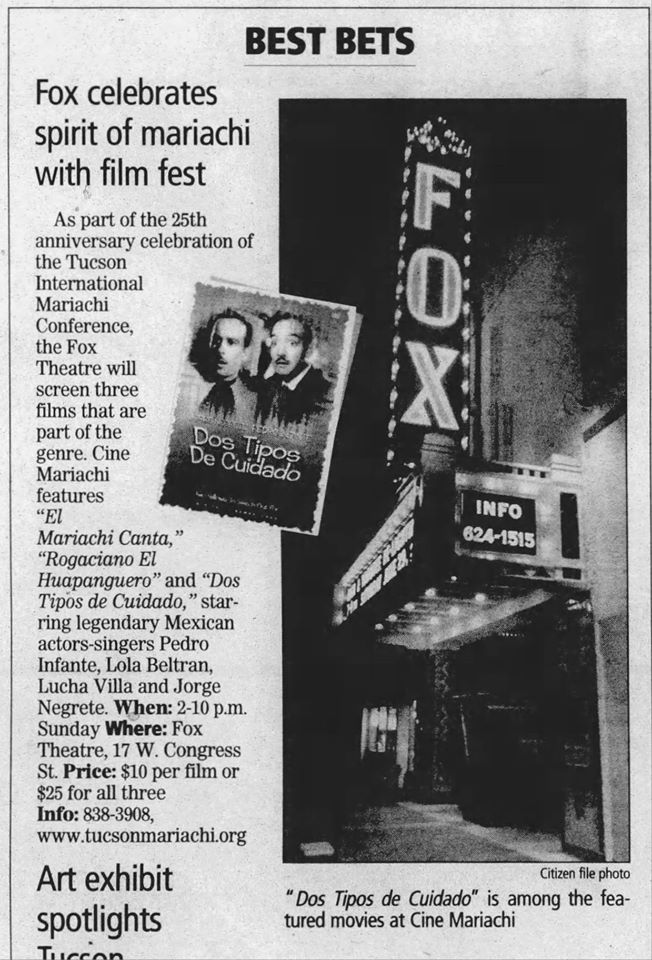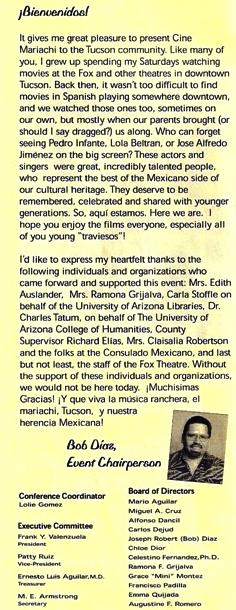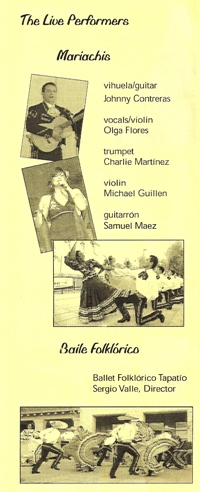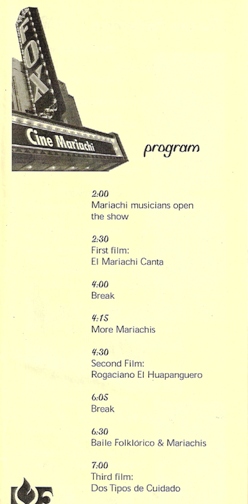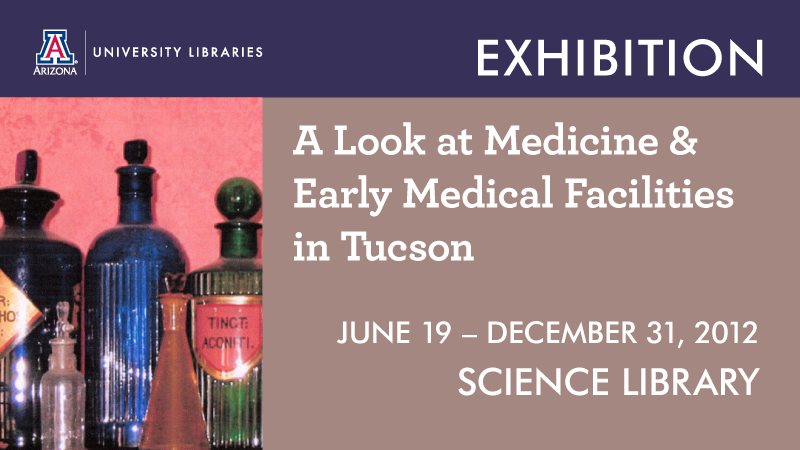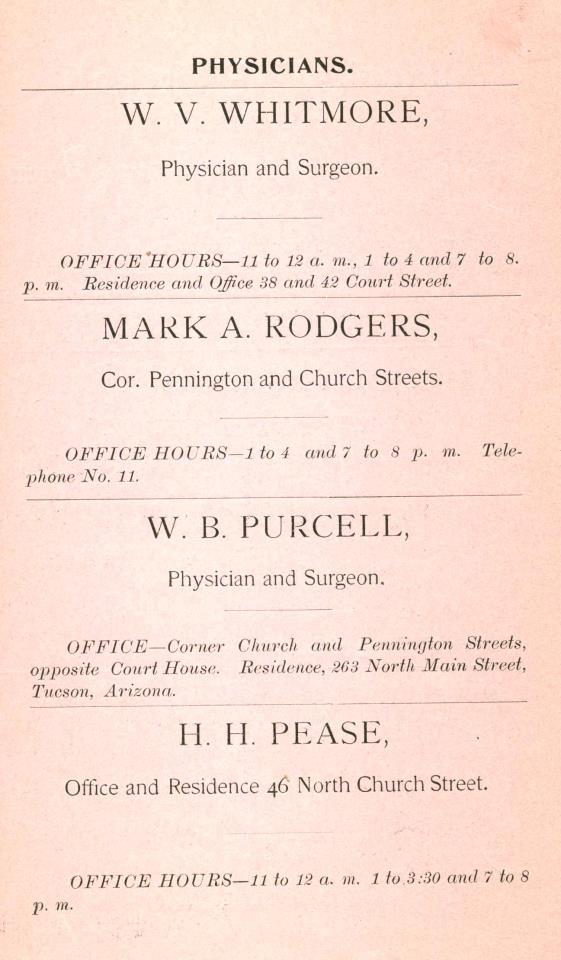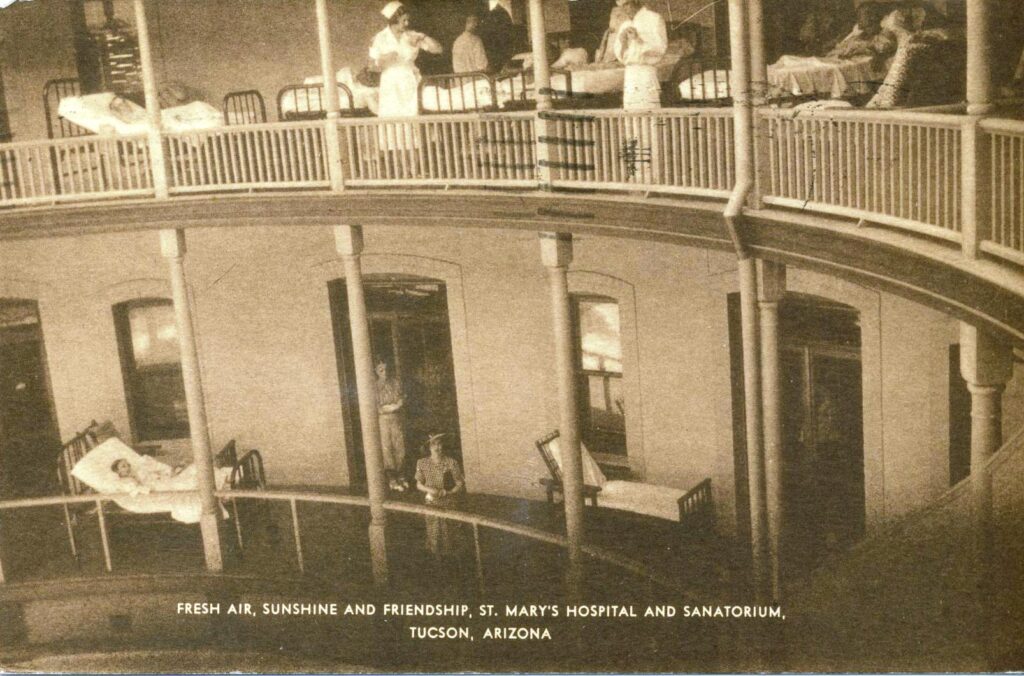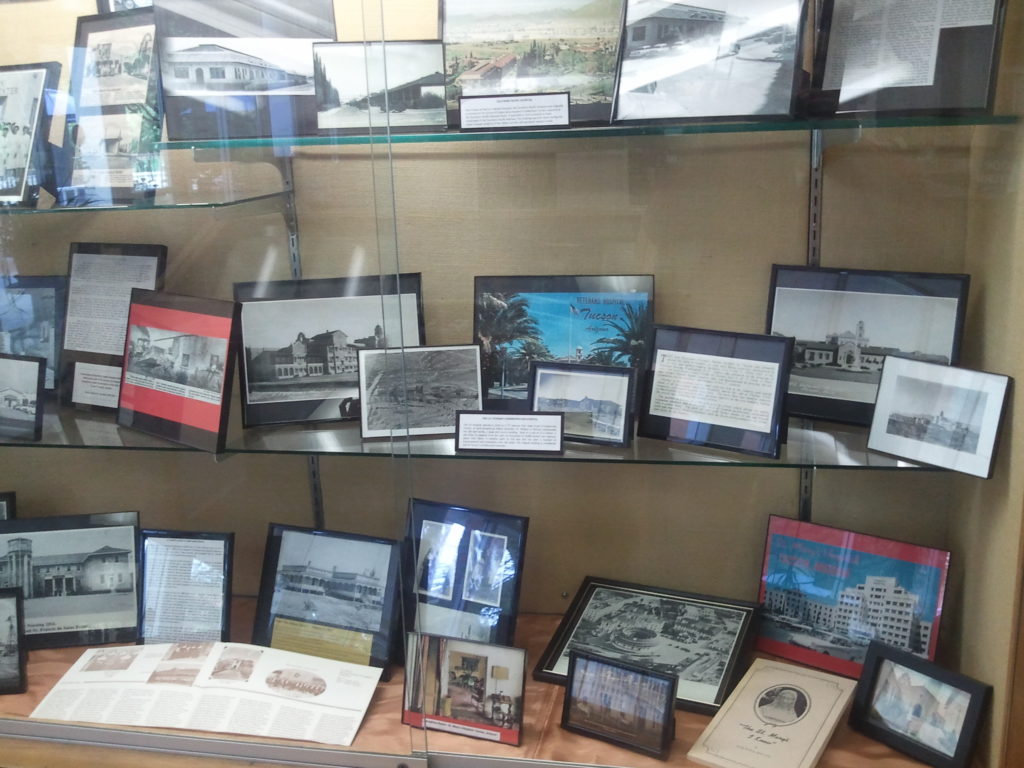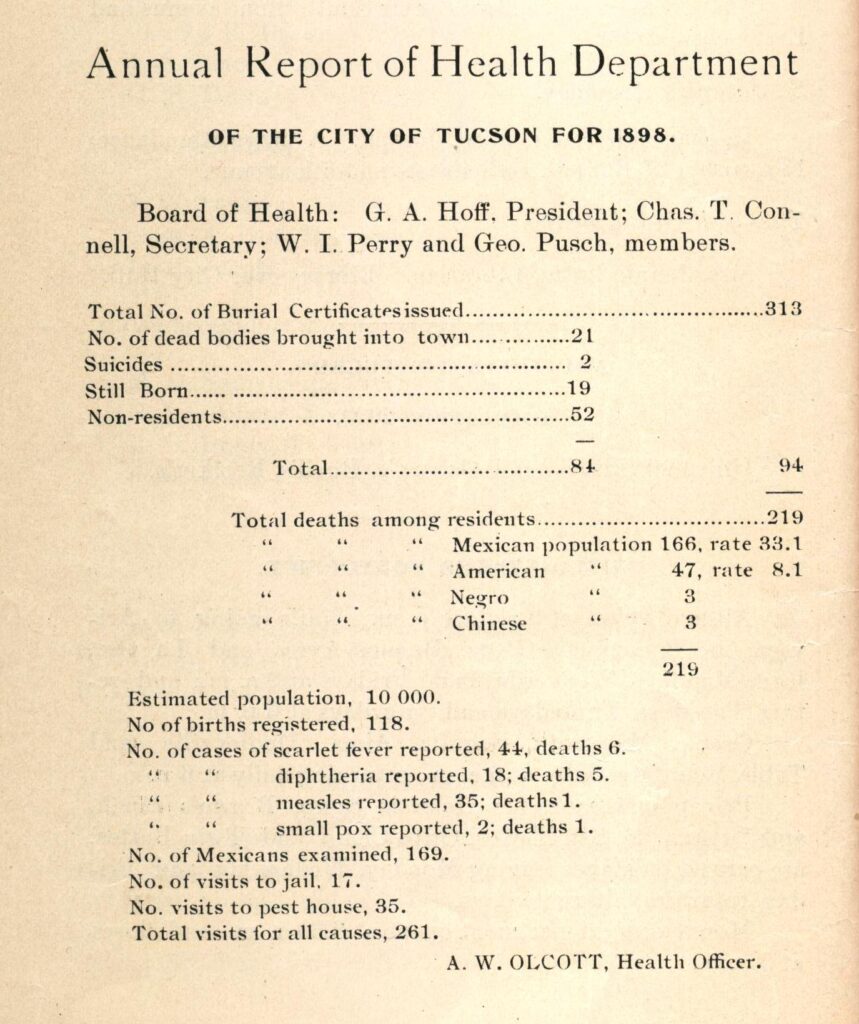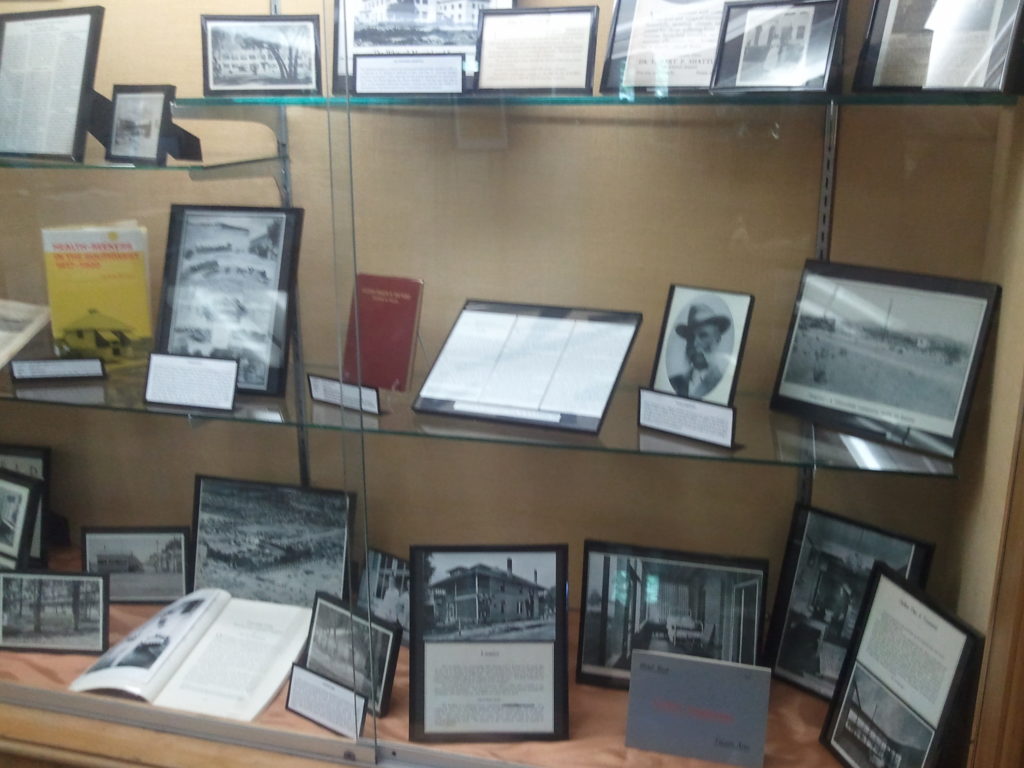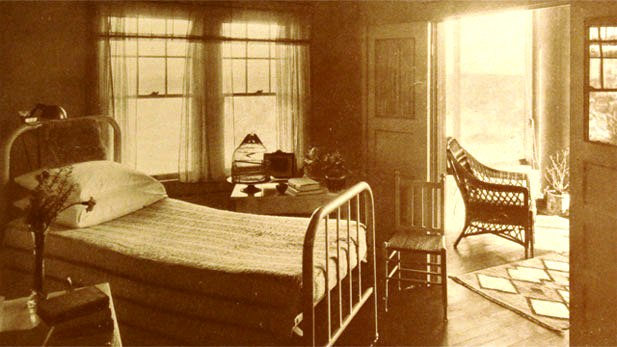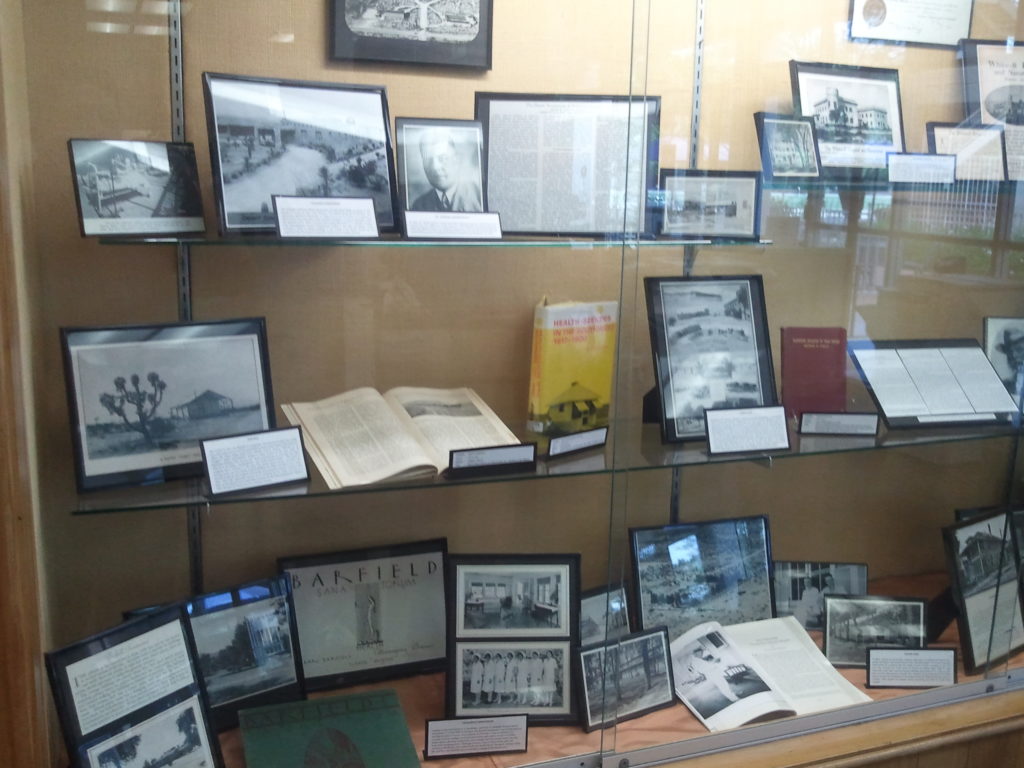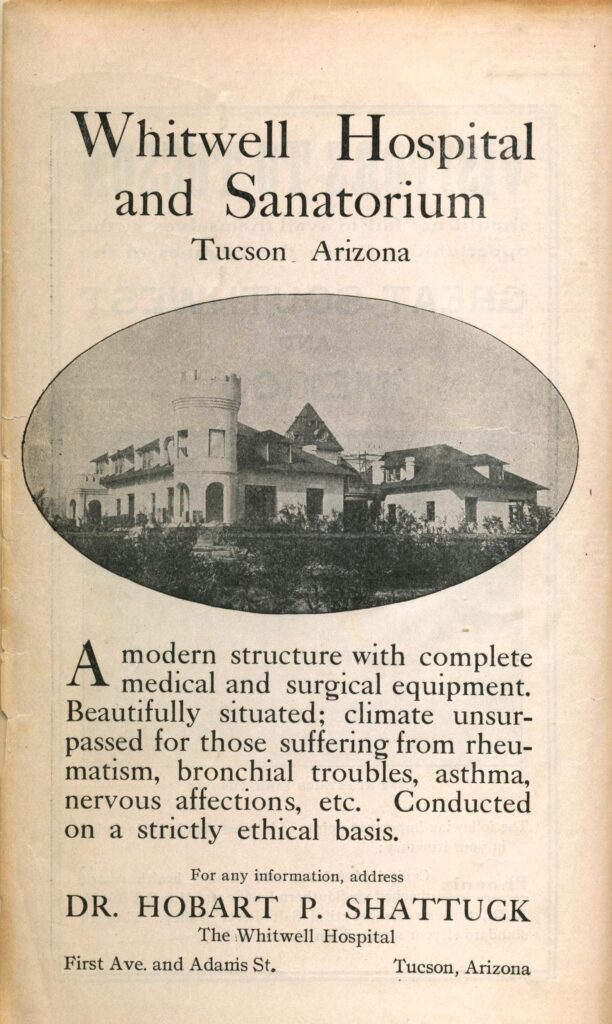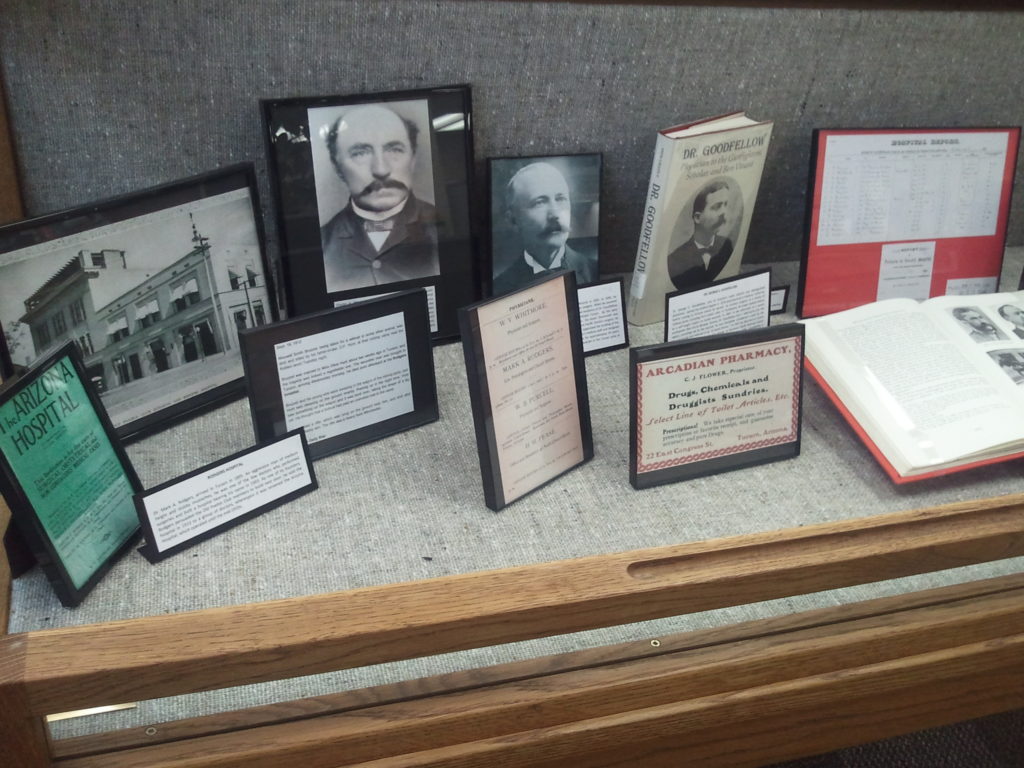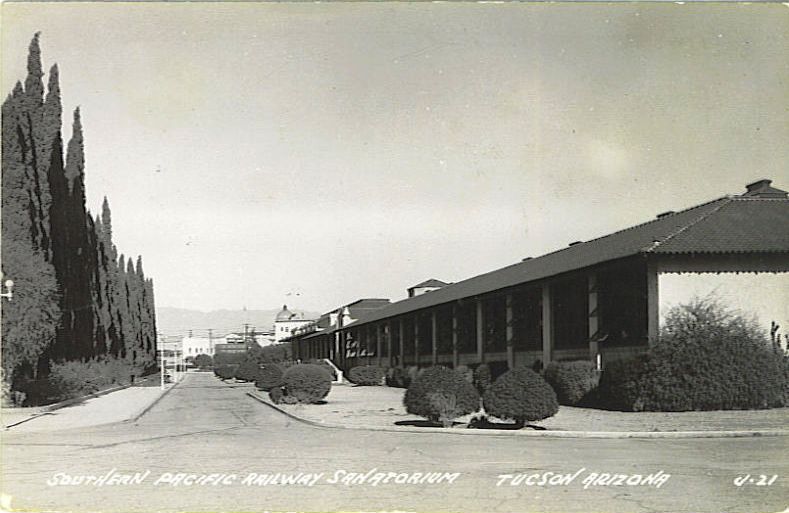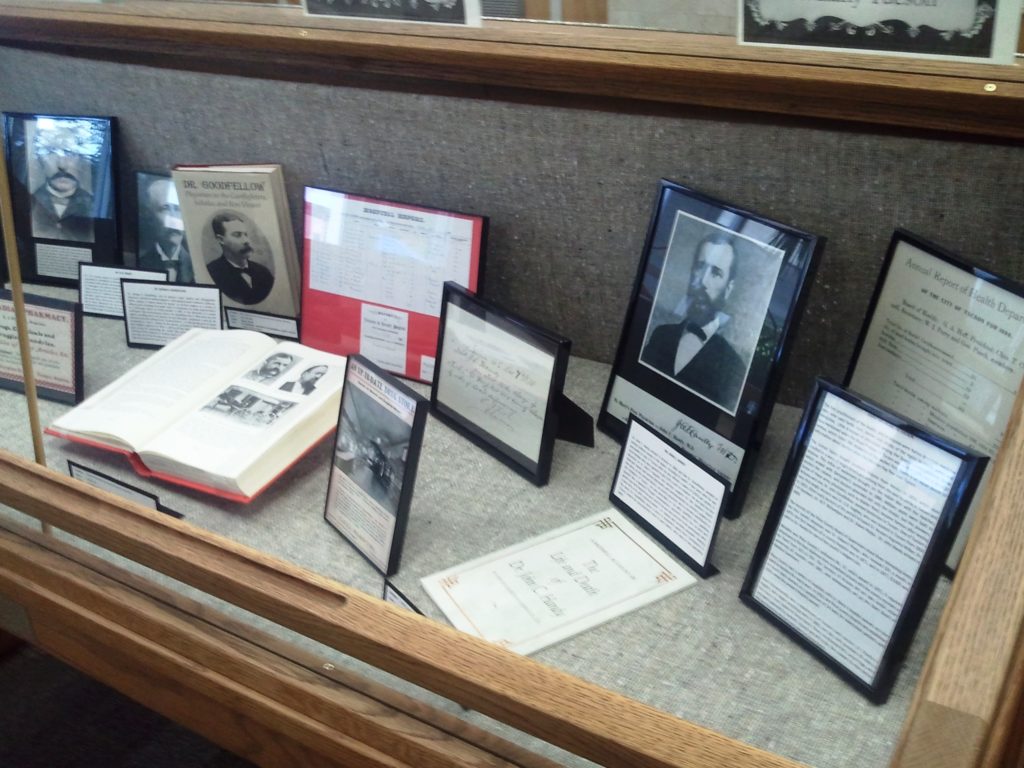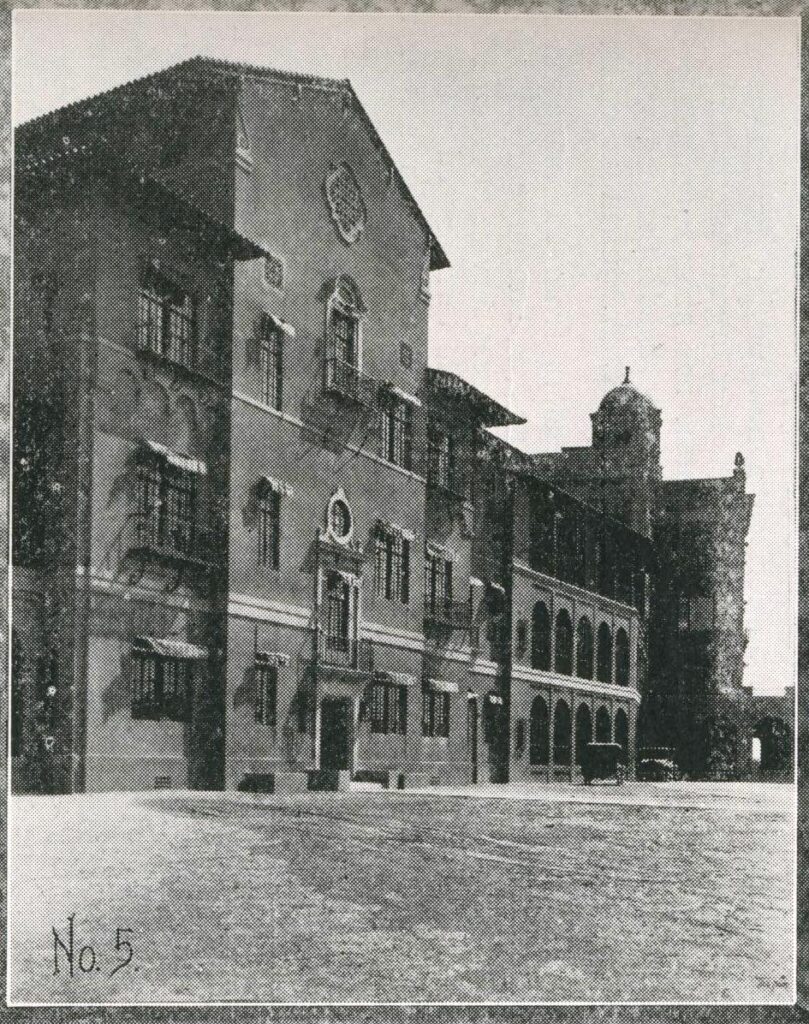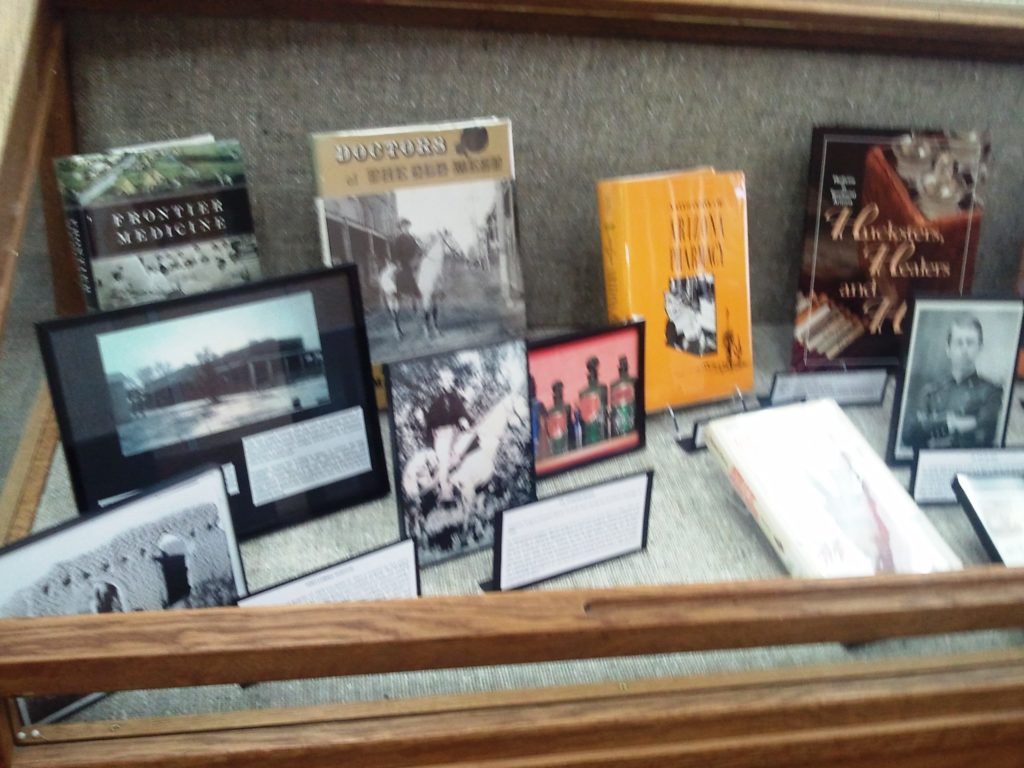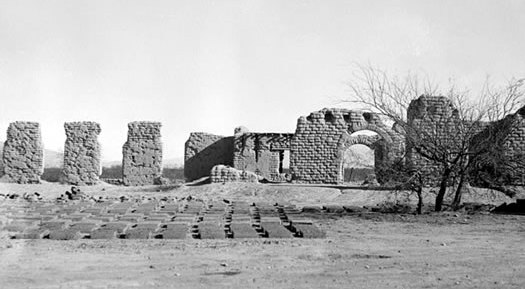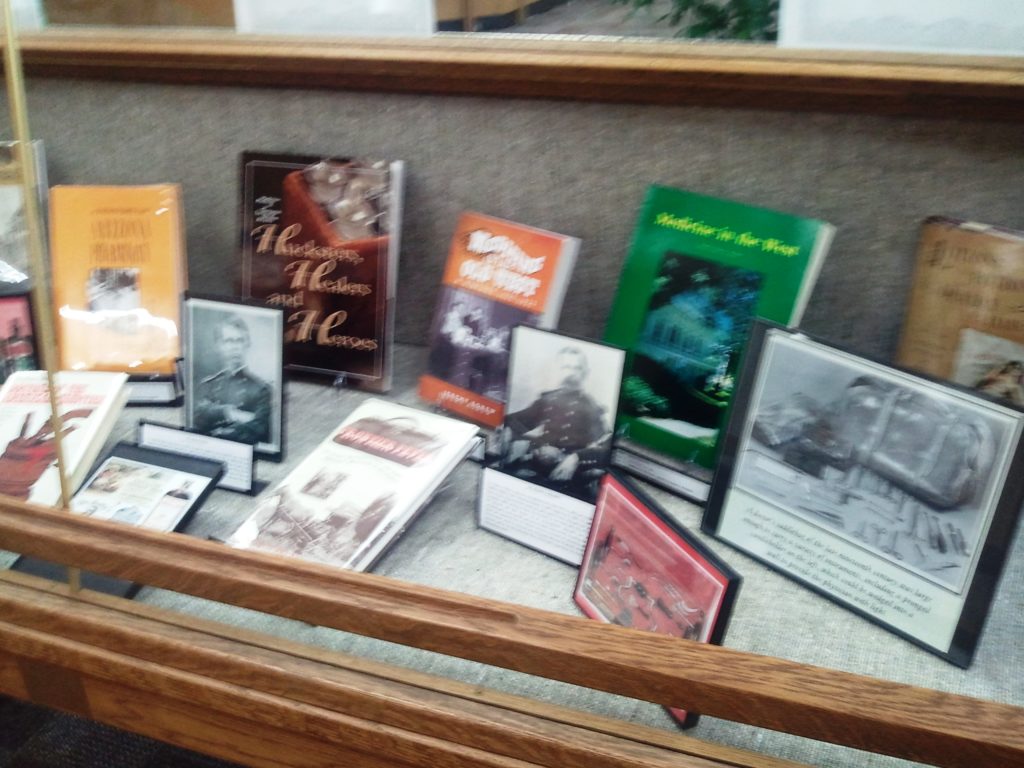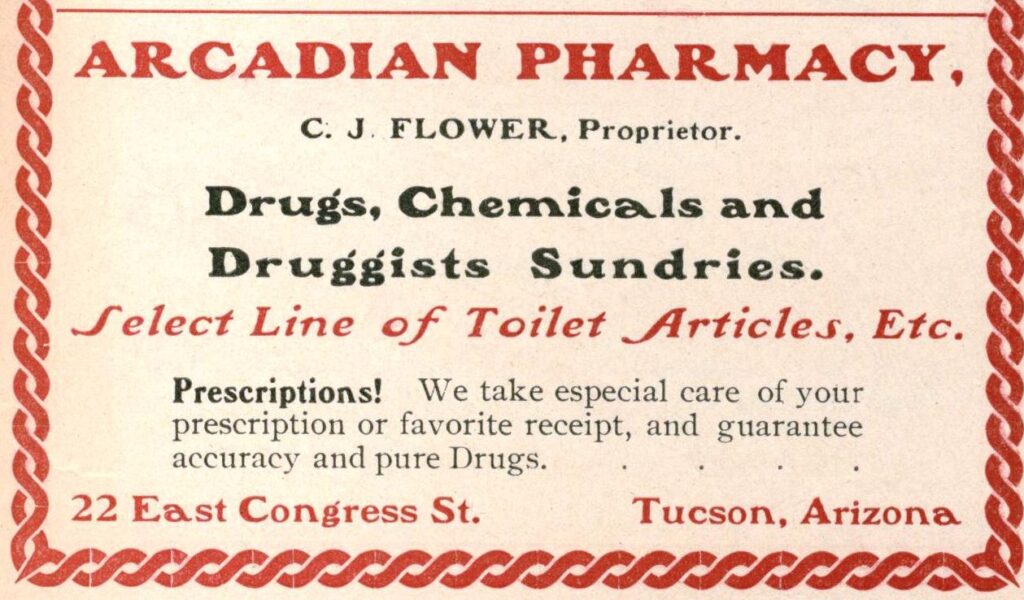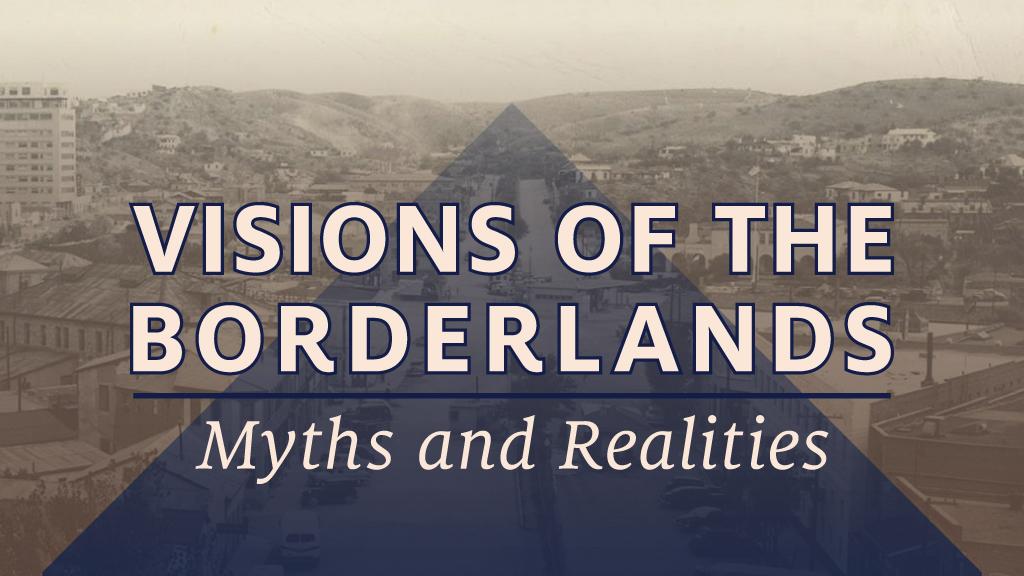
I co-curated this exhibit with Veronica Reyes-Escudero and a graduate student from the Library School. My portions of the exhibit dealt with stereotypes of people and places and included a focus on pulp fiction, movies and movie posters, as well as dude ranches and promotional material used by entities like the Tucson Sunshine Club. Veronica’s sections of the exhibit dealt with real life accounts of life along the border taken from diaries, for example and photographs of farming and ranching. The annotations that follow were all contributed by Veronica.

From the UA News Service: “Visions of the Borderlands: Myths and Realities is an exhibition inspired by two works published by the University of Arizona Press, Celluloid Pueblo by Jennifer L. Jenkins and Postcards from the Sonora Border by Daniel D. Arreola. There is a reality and a myth of the U.S.–Mexico borderlands, propagated through multiple lenses. Featuring material depicting both reality and myth through photography, posters, pamphlets and written documentation, this exhibit centers on important areas of enterprise for the Southwest such as photography and film; copper mining; tourism; and cattle ranching. It also expresses issues of discord such as the Mexican Revolution, mining strikes and immigrant exclusionary legislation of the time. “

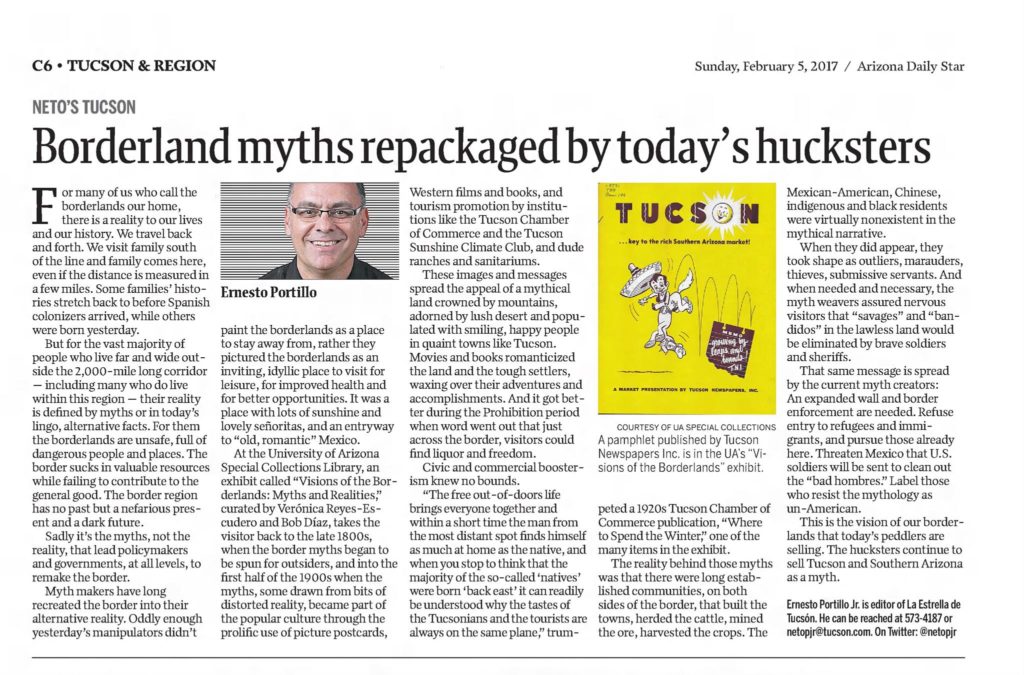
The exhibit was also covered in a publication titled “Bear Essential News”. Click here to read it.
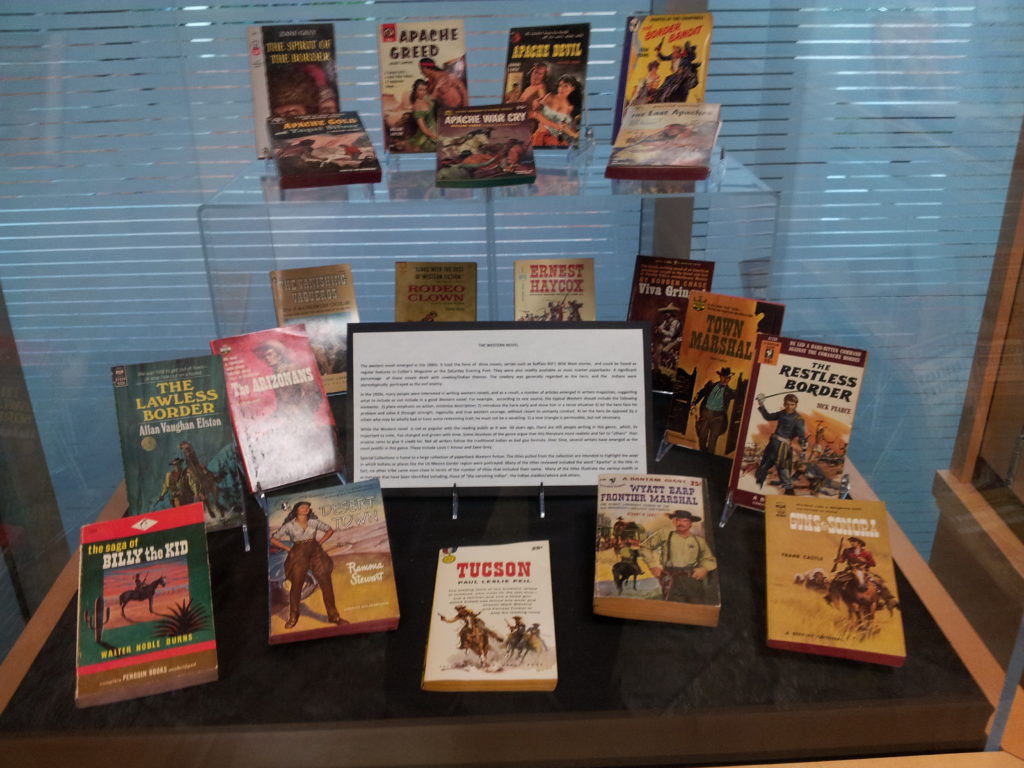



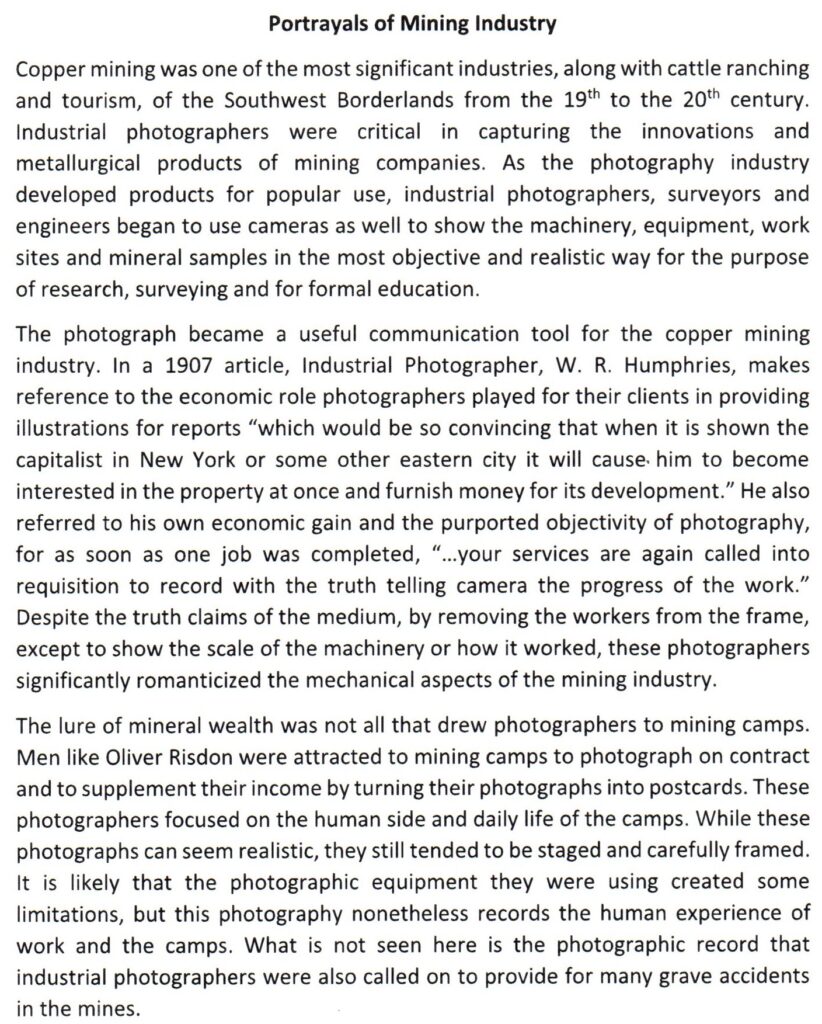
Two events were planned to go along with this exhibit. The opening event was titled, “Visions of the Borderlands: Exploring Popular Historical Imagery,” featuring author Daniel Arreola and University of Arizona Professor Jennifer Jenkins.
The second program “Visions of the Borderlands: Three Women Writers Share Their Stories”, featured the writers Denise Chavez, Patricia Preciado Martin, and Natalie Diaz. The program can be listened to in its entirety below. Producing this program was, for me, the best part of the whole project.
